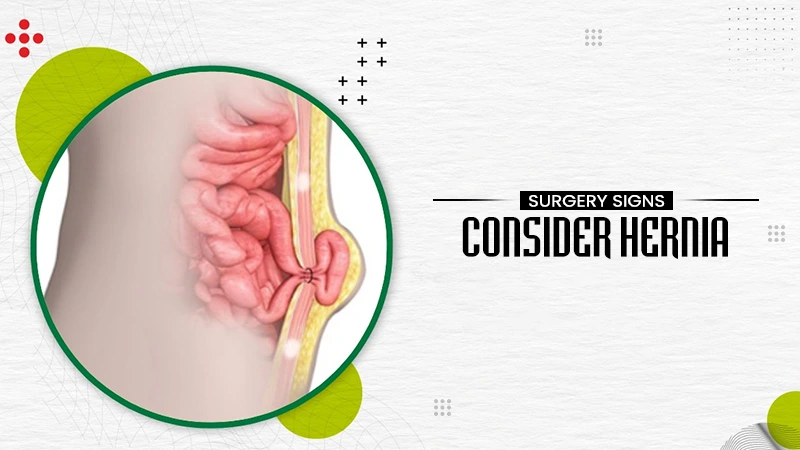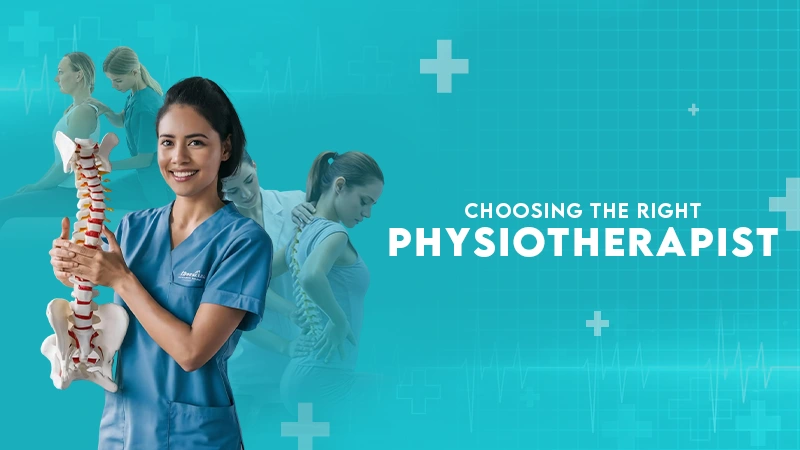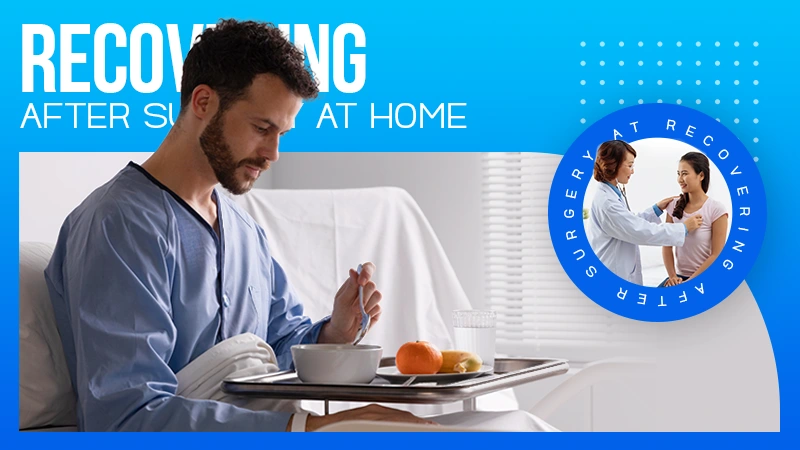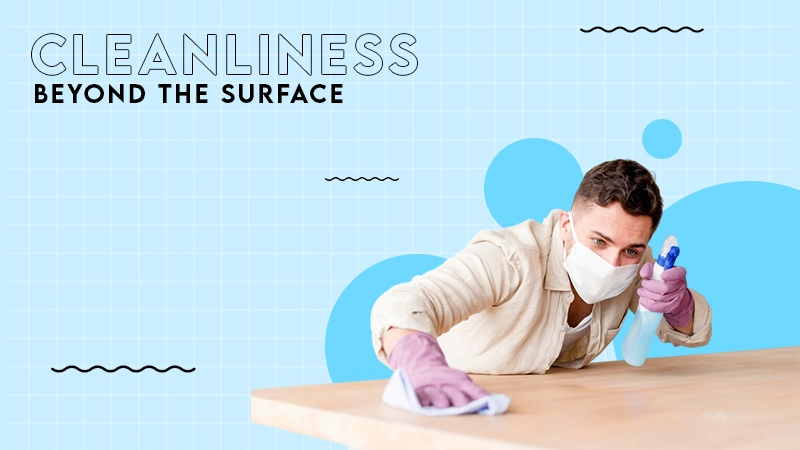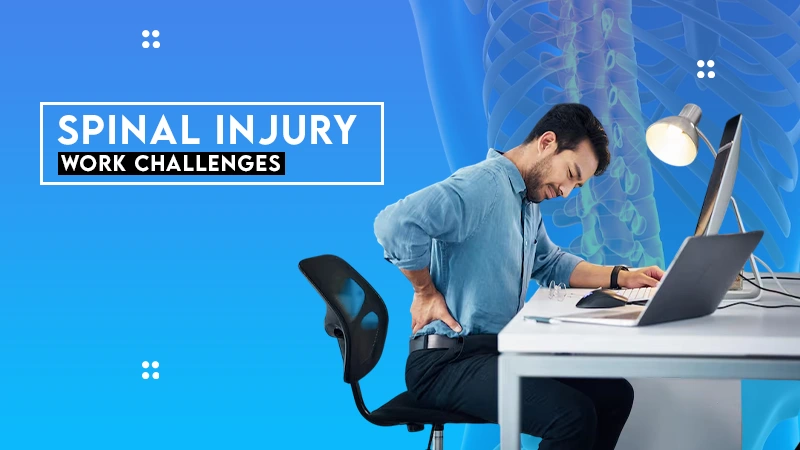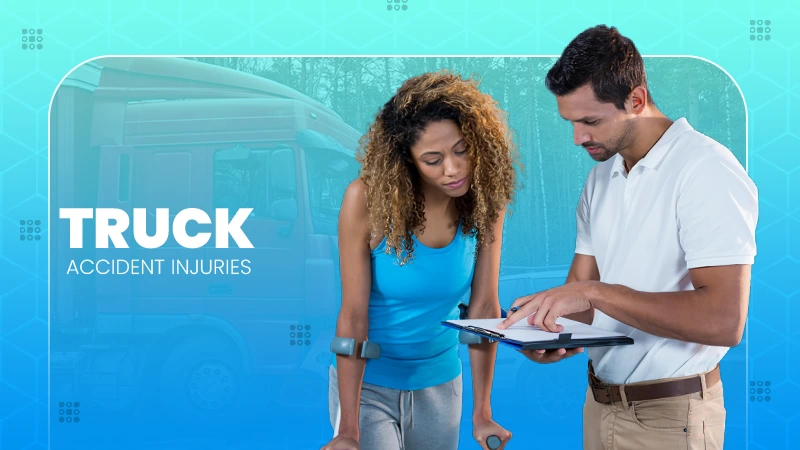- Why Turn to Vein Specialists for Varicose Vein Care
- Key Techniques Most Used by Vein Specialists
- Patient-Centered Approaches from Top Vein Specialists
- Non-Invasive vs Invasive Options at Specialist Practices
- Criteria for Selecting Qualified Vein Specialist Clinics
- Long-Term Leg Health Strategies with Vein Specialists
- Emerging Trends in Vein Specialist Treatments
- Next Steps to Secure Expert Vein Specialist Care
Why Turn to Vein Specialists for Varicose Vein Care
Varicose veins are not a mere cosmetic nuisance. They are a vascular condition that demands precision diagnosis and targeted treatment. Vein specialists bring specialized training in vascular medicine and access to advanced diagnostic tools like duplex ultrasound, allowing them to identify underlying venous reflux that a general practitioner might miss. Their expertise translates to tighter procedure selection and fewer complications. A 2022 study in Journal of Vascular Surgery: Venous and Lymphatic Disorders reported up to 35% improved long-term outcomes when varicose vein treatments were performed under specialist care. In short, experience and technology matter. A lot.
Key Techniques Most Used by Vein Specialists
Sclerotherapy works well for small to medium surface veins. The sclerosant irritates vessel walls, sealing them off. Most patients resume daily activity the same day, and success rates often exceed 80% after multiple sessions. Endovenous laser ablation (EVLA) targets larger problematic veins with focused laser energy delivered through a catheter. Bruising is minimal, and many report complete symptom relief within a week. Radiofrequency ablation (RFA) is similar in principle to EVLA but uses thermal energy from radio waves. It’s efficient for saphenous vein insufficiency, with 90%+ closure rates after a single treatment. A seasoned specialist knows which modality to deploy based on vein diameter, anatomy, and patient goals. That discernment is the difference between good results and exceptional ones.
Patient-Centered Approaches from Top Vein Specialists
The intake process is not a perfunctory checklist. A skilled vein expert will delve into a patient’s medical and symptom history before conducting detailed vein mapping via ultrasound to trace every faulty pathway. Risk factors are weighed and charted. The treatment plan that follows is highly individualized, often blending in-office interventions with custom-fitted compression garments and scheduled follow-up ultrasounds to ensure durable results. Education is not an afterthought. Patients who understand their condition and care regimen are less likely to face recurrence, and specialists make that understanding part of the prescription.
Non-Invasive vs Invasive Options at Specialist Practices
Non-surgical techniques like foam sclerotherapy or microfoam injections win on recovery speed and cost. They leave virtually no scars and cause minimal post-procedure discomfort. Microphlebectomy, while invasive, allows direct removal of bulging veins when foam alone won’t cut it. It can deliver more comprehensive cosmetic improvement but typically yields some bruising and requires short downtime. Specialists balance these trade-offs with precision. If vein diameter, location, or symptom severity crosses a threshold, the invasive route may offer a longer-lasting fix. The goal is not “easy” treatment, but the right treatment.
Criteria for Selecting Qualified Vein Specialist Clinics
Credentials are not marketing fluff. Board certification in vascular surgery, phlebology, or interventional radiology confirms serious training. Fellowship experience and membership in respected vascular societies signal dedication to the craft. For advanced ultrasound diagnostics and personalized care, consider consulting with vein specialists Utah. Cutting-edge technology counts too. High-frequency ultrasound, efficient endovenous laser units, and reliable thermal ablation systems all make outcomes more predictable. Add patient reviews with specific, consistent praise for skill and follow-through, and you have the beginnings of a shortlist worth your time.
Long-Term Leg Health Strategies with Vein Specialists
Specialists do not stop caring for legs once the last vein is closed. They push prevention aggressively. Consistent low-impact exercise, compression stockings with proper gradient, and maintaining a healthy weight reduce the load on venous valves. Many schedule annual or semi-annual ultrasounds to catch new reflux before it becomes symptomatic. This is proactive vascular health, not damage control. Compliance with these lifestyle and monitoring strategies amplifies the investment you made in in-office treatments. The patients who follow through stay symptom-free the longest.
Emerging Trends in Vein Specialist Treatments
Mechanochemical ablation pairs mechanical disruption with sclerosant infusion, often eliminating the need for tumescent anesthesia. Advanced foam formulations improve sclerosant dispersion and vessel wall contact for fewer retreatments. AI-assisted vein mapping is starting to refine treatment targeting in ways even an experienced human eye might miss. Research is probing genetic predispositions and regenerative therapies that may one day strengthen venous walls before symptoms start. The payoff for patients could be procedures with shorter downtime, higher closure rates, and fewer recurrences. The field is not static, not even close.
Next Steps to Secure Expert Vein Specialist Care
Specialist-led treatment delivers better closure rates, faster recovery, and a lower risk of repeat issues. Arrive at your consult with your symptom history, relevant medical reports, and an idea of your activity and recovery goals. Ask about their preferred modalities, complication rates, and follow-up protocols. Book with the clinic whose answers match your need for precision and long-term results. The right specialist does not just treat a vein. They safeguard your vascular future.

